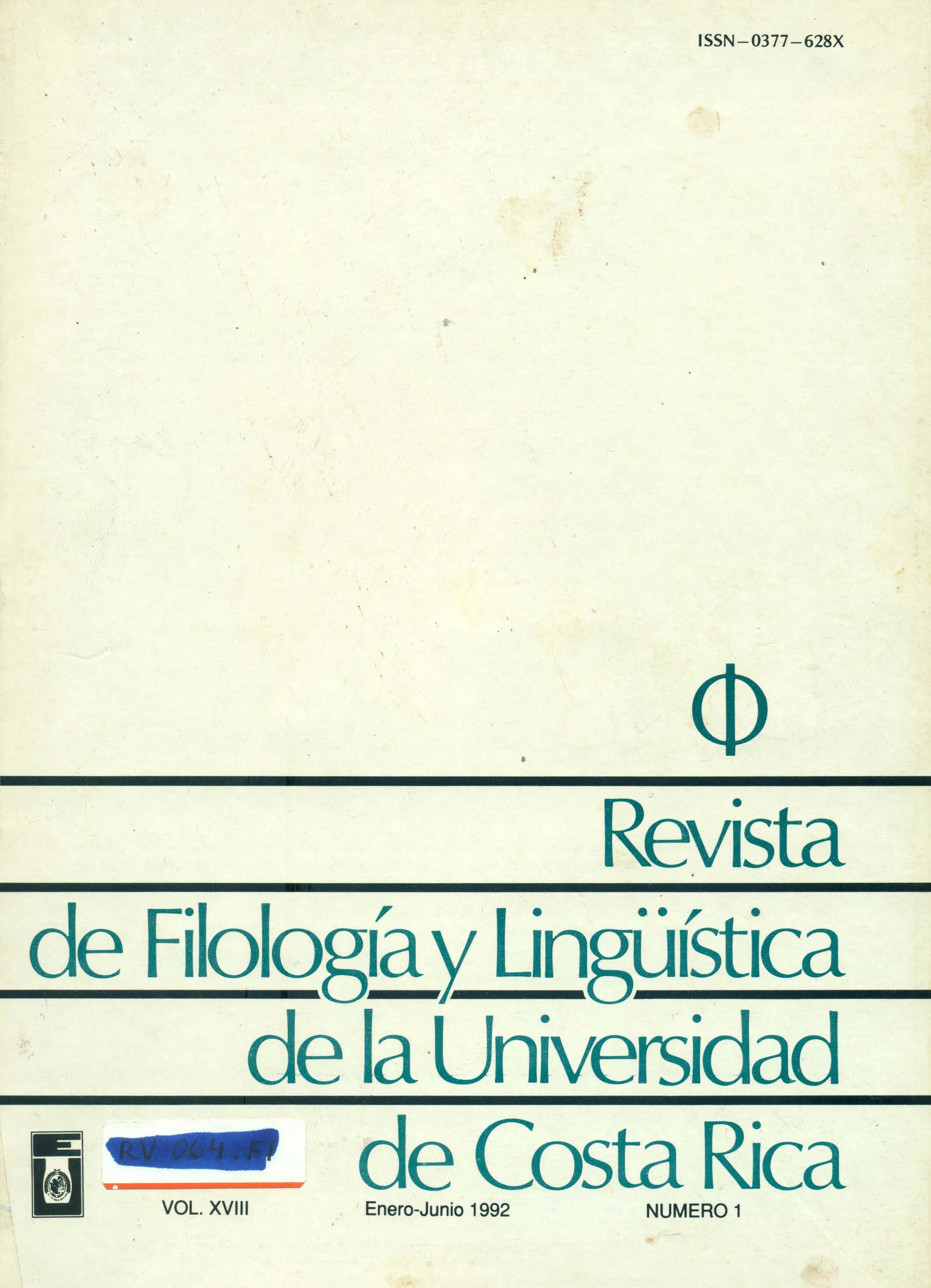Abstract
Aunque el estilo innovador de Thomas Pynchon La subasta del lote 49 es a la vez el deleite y la desesperación de sus lectores, su impacto se deriva del contenido mitopoética y contexto histórico en esta novela corta, Pynchon se une a las filas de los escritores estadounidenses que exploran la individual y nacional identidad en términos de la mitología social.
Although the innovative style of Thomas Pynchon's The Crying of Lot 49 is both the delight and the despair of its readers, its impact derives from the mythopoetic content and historical contexto in this short novel, Pynchon joins the ranks of U.S. writers who explore individual and national identity in terms of social mythology.
References
Abernethy, Peter L. "Entropy in Pynchon's The Crying of Lot 49 ." Critique, Vol.XIV,#2.
Cowart, David. Thomas Pynchon: The Art of Allusion. Carbondale: Southern Illinois University Press, 1980.
Kolodny, Annette and David James Peters. "Pynchon's the Crying of Lot 49: The Novel as Subversive Experience ." Modern Fiction Studies, Spring, 1973.
Levine, George and David Leverenz, eds. Mindful Pleasures: Essays on Thomas Pynchon. Boston: Little, Brown & Co., 1976.
Mendelson, Edward, ed. Pynchon: A Collection of Critical Essays. Englewood Cliffs, NJ.: Prentice-Hall, Inc., 1978.
Merrill, Robert. "The Form and Meaning of Pynchon's The Crying of Lot 49 ." Ariel, Vol. 8, #1, January, 1977.
Noble, David W. The Eternal Adam and the New World Garden. New York: George Braziller, 1968.
Pynchon, Thomas. The Crying of Lot 49. New York: Bantam Books, 1966.

